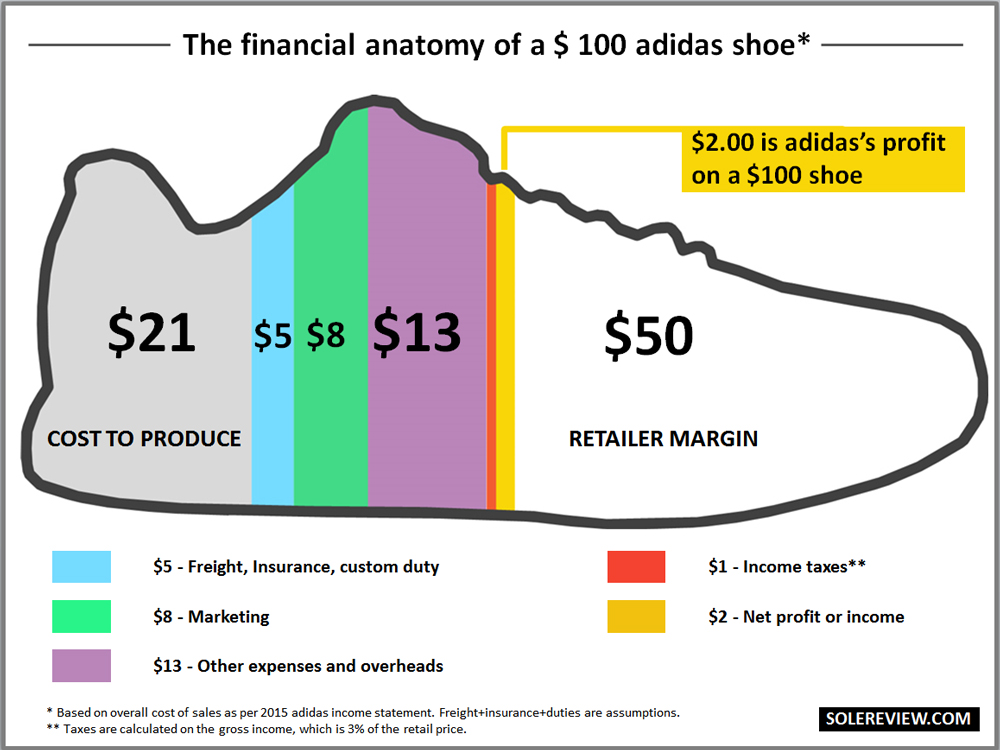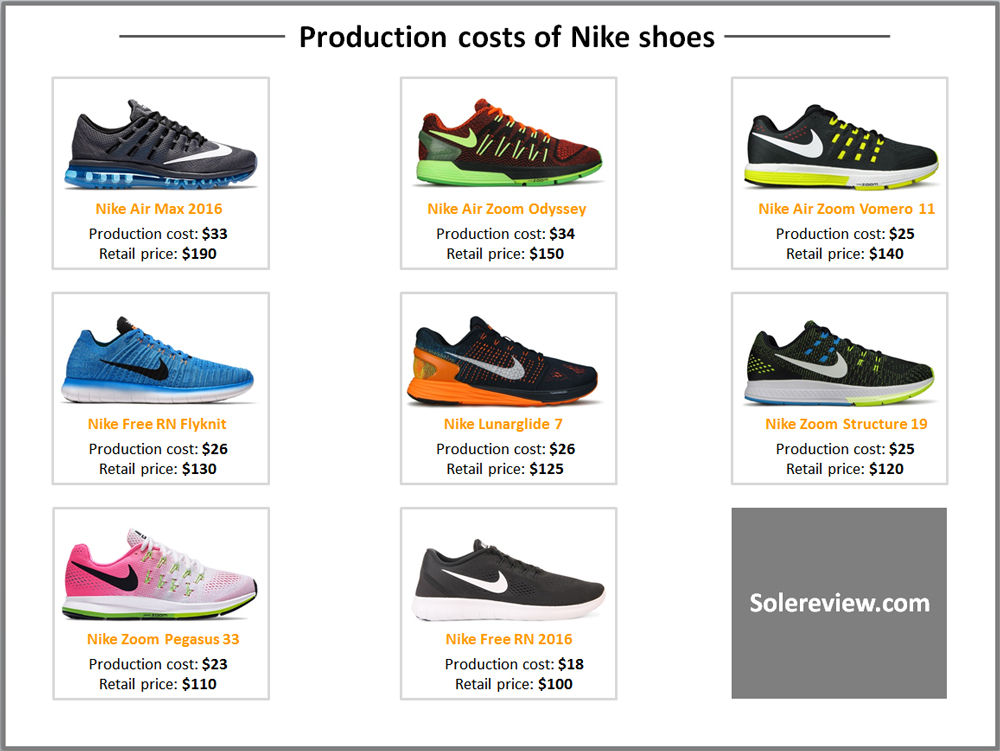Introduction to Footwear Costs
When it comes to buying shoes, the question on everyone’s mind often revolves around price.
The footwear industry is vast and varied, catering to different preferences, needs, and budgets.
In this article, we will explore the factors that influence shoe prices, provide real-world
experiences, highlight case studies, and answer frequently asked questions. Whether you’re a
shoe enthusiast, a fashion lover, or a business owner in the footwear niche, this guide is
designed to be your go-to resource for understanding how much shoes really cost.
Factors Influencing Shoe Prices
Brand Name and Reputation
One of the most significant factors affecting shoe prices is the brand name. High-end brands, such as
Gucci and Louis Vuitton, command higher prices due to their reputation and quality. Consumers often
pay a premium for the status associated with these brands. For example, luxury sneakers from designer
brands can range from $400 to $1,200, whereas a pair of shoes from a more mainstream brand like
Nike or Adidas may cost between $80 and $200.
Material and Craftsmanship
The materials used in shoe production play a crucial role in determining their cost. Shoes made of
high-quality leather or sustainable materials are generally more expensive than those made from synthetic
materials. For instance, a handcrafted leather boot may cost around $300 to $600, while a similar
boot made from faux leather might only cost $50 to $150. This difference highlights the importance of
craftsmanship and ethically sourced materials in the pricing structure of footwear.
Design and Technology
Innovative design and technological advancements also influence shoe pricing. Shoes equipped with
features like cushioning, arch support, and waterproofing will typically have higher price tags. For example,
running shoes with advanced technology can range from $120 to $250, depending on the brand and the
specific features offered. Consumers are often willing to invest in shoes that provide comfort and
performance benefits, especially for athletic activities.
Market Demand and Trends
The demand for specific styles or brands can significantly impact the price. Limited-edition releases,
for instance, often retail at higher prices due to exclusivity. A great example is the collaboration
between Nike and Off-White, where sneakers can price as high as $1,500 due to their desirability.
Monitoring market trends is essential for anyone looking to purchase shoes, as prices can fluctuate
based on what’s currently in demand.
Real-World Footwear Experiences
Case Study: The Sneaker Trend
The sneaker trend has exploded over the last decade, with both casual wear and athletic sneakers
becoming a staple in many wardrobes. Popular brands like Nike, Adidas, and Puma have seen their prices
rise significantly due to this trend. For example, the Nike Air Jordan series, once a basketball shoe,
has transformed into a fashion icon, with prices for some models exceeding $1,500. Many sneaker
enthusiasts are willing to invest in these shoes not only for their performance but also for their
collectible value.
Experiences from Casual Consumers
Let’s consider Sarah, a casual consumer who recently purchased a pair of casual sneakers. After
researching various options, she found a pair of trendy canvas sneakers on sale for $60 at a local
store. Although initially tempted by a designer pair priced at $200, she appreciated the comfort and
style of the more affordable option. Sarah’s experience reflects how many consumers prioritize comfort
and affordability while shopping for shoes, underscoring the importance of value in the footwear
market.
The Impact of Online Shopping
Online shopping has revolutionized how we purchase shoes, providing consumers with access to a
wider variety of styles and price points. Platforms like Amazon and Zappos offer competitive pricing
and promotions, allowing shoppers to compare costs easily. Additionally, many brand websites offer
special deals and discounts, often making it possible to find high-quality shoes for less. Emily,
a frequent online shopper, was able to find a pair of popular boots originally priced at $150 for
just $90 during a clearance sale, proving that patience and smart shopping can lead to substantial savings.
Comparison Table of Various Shoe Types and Prices
| Shoe Type | Price Range | Brand Examples |
|---|---|---|
| Casual Sneakers | $50 – $150 | Nike, Adidas, Vans |
| Running Shoes | $80 – $250 | Brooks, Asics, Saucony |
| Dress Shoes | $75 – $500 | Clarks, Aldo, Allen Edmonds |
| Boots | $100 – $600 | Timberland, Dr. Martens, Frye |
| Sandals | $20 – $150 | Teva, Birkenstock, Reef |
| Designer Sneakers | $200 – $1,500+ | Balenciaga, Off-White, Gucci |
Tips for Finding Affordable Shoes
Shopping During Sales and Off-Season
One of the best strategies for saving money on shoes is timing your purchases. Many retailers offer
significant discounts during seasonal sales or holidays like Black Friday and Labor Day. Additionally,
shopping for winter boots during the spring or sandals in the fall can lead to even deeper discounts.
Keep an eye on clearance sections both in-store and online, where you can find great deals on high-quality
footwear.
Utilizing Coupons and Cashback Offers
Coupon websites and cashback programs are fantastic resources for budget-savvy shoppers. Websites like
RetailMeNot or Honey frequently feature discount codes that can be applied at checkout, while cashback
apps like Rakuten (formerly Ebates) give you a percentage of your purchase back when you shop through their
links. By combining discounts and cashback, you can significantly reduce the cost of your shoe purchases.
Buying Second-Hand or Pre-Owned Shoes
Another option for saving money is to explore second-hand or pre-owned shoe options. Websites like Poshmark,
ThredUp, and eBay offer a wide selection of gently used footwear at a fraction of the original price.
This approach is not only budget-friendly but also eco-conscious, as it promotes sustainability by reducing
waste and extending the life cycle of products. When shopping pre-owned, just be sure to check the seller’s
ratings and reviews to ensure a positive buying experience.
Pros and Cons of Different Price Points
Low-Cost Shoes
Pros
- Affordable prices allow for more frequent purchases.
- Great for casual or occasional wear where durability isn’t critical.
- Access to trendy styles without breaking the bank.
Cons
- May lack long-term durability and comfort.
- Limited selection of high-quality materials.
- Often not suitable for specialized activities (e.g., running, hiking).
Mid-Range Shoes
Pros
- Balances quality and affordability.
- Often offers better comfort and durability.
- A wide range of styles suitable for various occasions.
Cons
- Some brands may still compromise on material quality.
- Higher cost may limit frequency of purchase.
High-End Shoes
Pros
- Exceptional quality, comfort, and style.
- Often made with premium materials and craftsmanship.
- Considered an investment piece, often with resale value.
Cons
- High upfront cost can deter many buyers.
- May not be affordable for everyday use.
- Limited availability or exclusivity may make them hard to find.
Frequently Asked Questions (FAQs)
1. What is the average cost of running shoes?
The average cost of running shoes typically ranges from $80 to $250, depending on the brand, features,
and technology offered. Higher-end models with advanced cushioning and support can reach prices above
$200.
2. Are expensive shoes worth the investment?
Expensive shoes often offer better comfort, durability, and style. Investing in a quality pair can be
worthwhile, especially if you wear them frequently or for specific activities such as running or hiking.
3. How can I find the best deals on shoes?
To find the best deals on shoes, consider shopping during sales events, utilizing coupon websites,
and exploring second-hand options. Comparison tools can also help identify the lowest prices across
various retailers.
4. What should I prioritize when purchasing shoes?
When purchasing shoes, prioritize factors like comfort, fit, purpose (e.g., casual, athletic), and
material quality. These aspects will help ensure you choose a pair that meets your needs and provides
long-term satisfaction.
5. Do shoe prices vary by location?
Yes, shoe prices can vary significantly by location due to factors like store markup, regional demand,
and even shipping costs. Urban areas may have higher prices due to increased demand and rent, while
smaller towns may offer lower prices but with limited selection.
6. Are there any brands known for affordability?
Several brands are recognized for their affordability without sacrificing quality. Brands like New Balance,
Skechers, and Vans often offer stylish options at reasonable prices, making them popular among budget-conscious
consumers.
7. How often should I replace my shoes?
The frequency of shoe replacement depends on usage and wear. Running shoes should typically be replaced
every 300 to 500 miles, while casual shoes may last much longer. Pay attention to wear patterns and comfort
to determine when it’s time for a new pair.

8. Can you negotiate shoe prices in stores?
While negotiating prices is not common in most retail environments, certain stores may offer price
matching or discounts on open-box items. It’s always worth asking for any available promotions or
deals.
9. What shoe types are best for specific activities?
Choosing the right shoe for specific activities is essential. For running, look for supportive and
breathable running shoes; for hiking, invest in sturdy hiking boots with good traction. Proper footwear
enhances performance and reduces the risk of injury.

10. How do I ensure the right fit when buying shoes online?
To ensure the right fit when buying shoes online, measure your feet accurately and refer to the brand’s
size chart. Read reviews for insights on fit and comfort, and consider ordering from retailers that
offer free returns or exchanges for added assurance.